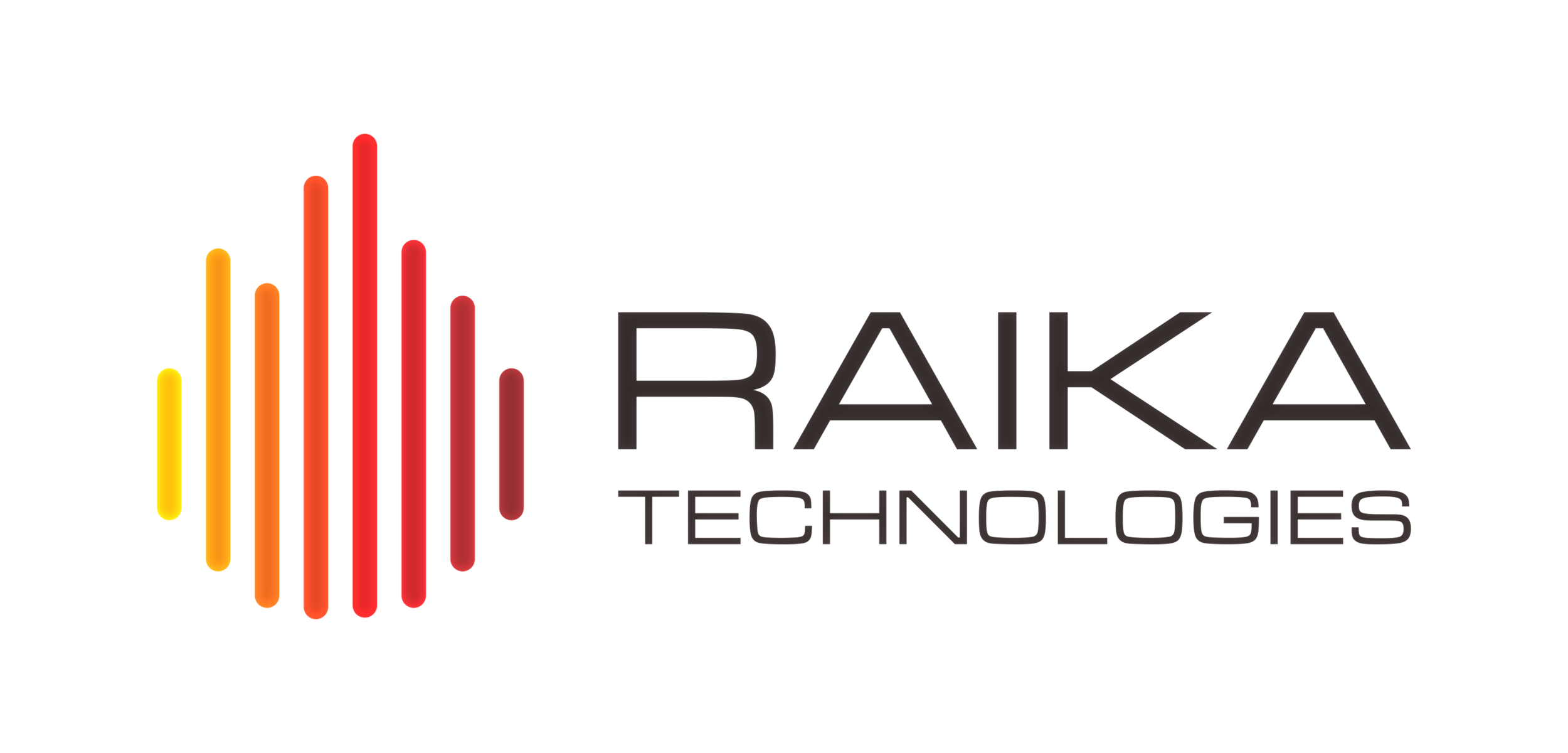Things Are About To Get Weird
Photo by Owen Beard on Unsplash
Sometimes people like to do a fun thought experiment where they ask, “What would happen if we could get in a time machine, go back 100 years, and tell people about a smart phone?” While telephones weren’t as ubiquitous in 1919 as they are today, most people in first-world countries at least knew what a telephone looked like. But to tell them to think of a phone roughly the size of their hand with a glass screen that would respond to the touch to do things far beyond making a call? “What’s an ‘app’?” would likely be the first of many questions. Doing the same in the year 1819 might cause you to be leached for having the vapors.
Now go back just fifty years and tell someone that in their future, they’ll be able to take a single image of a face and, using a computer, make it come to life. It doesn’t even have to be a photograph—a painting will suffice. Sure, the most powerful computers in 1969 did put us on the moon, so no need to worry about blood-letting, but there would likely still be some serious questioning of your sanity.
Suffice it to say that bringing such an image to life is exactly what Samsung’s AI Lab just did. Who knew Lisa del Giocondo (aka “Mona Lisa”) looked like that when she spoke? She’s probably describing what happened to her eyebrows. The Einstein is a little less believable but we at least knew what he looked like when he was mathing at us.
Recently, Joe Rogan, along with the rest of us, had fun with fakejoerogan.com. As an avid listener to The Joe Rogan Experience, I’m proud to say I got seven out of eight correct, but even I will admit that most of the examples sound pretty close to the real deal. In fact, my accuracy can be attributed more to the fact that the fakes were saying things he probably wouldn’t say and less to whether it sounded like him.
These are examples of what our future is about to look like. Sure, they can be somewhat crude but this technology is only going to get better. The Samsung AI Lab is doing this to mostly two-dimensional selfies right now. In the future this will be combined with 3-D data and we’ll be able to create multiple fake videos from multiple points of view, as if several people were recording the same scene at the same time. Let’s compound that with the fact that there will be people who were actually at that location who will swear the incident in question happened, even though it never did. Don’t believe me? There are hundreds of people on Reddit who swear Sinbad played a genie in a movie from the 90’s. That movie was never made.
Are we going to be able to trust that what we see on any video is real? How soon before someone is wrongly accused of a crime using a fake video? How will the defense attorney prove that it was fake? Given how effectively fake news spreads on social media, how long before a foreign government who doesn’t like us uses this technology combined with social media in an attempt to sway a future election? That’ll probably happen a lot sooner than any of us wants to think.
Some are already saying we need legislation that makes it possible to tell when a video has been faked, or to prevent this technology from being used at all. Maybe so, but given how successful DRM has never once been at stopping pirates I have to question how effective a law might be here. Especially by someone who isn’t beholden to that law.
So what do we do about this? Hopefully the same AI that is good enough to create these videos will also be able to accurately detect them. Either way, living in this world is about to get weirder to say the least.
Courtesy of Darrell Brogdon, CIO of Raika Technologies and GotAnAppIdea.com.

